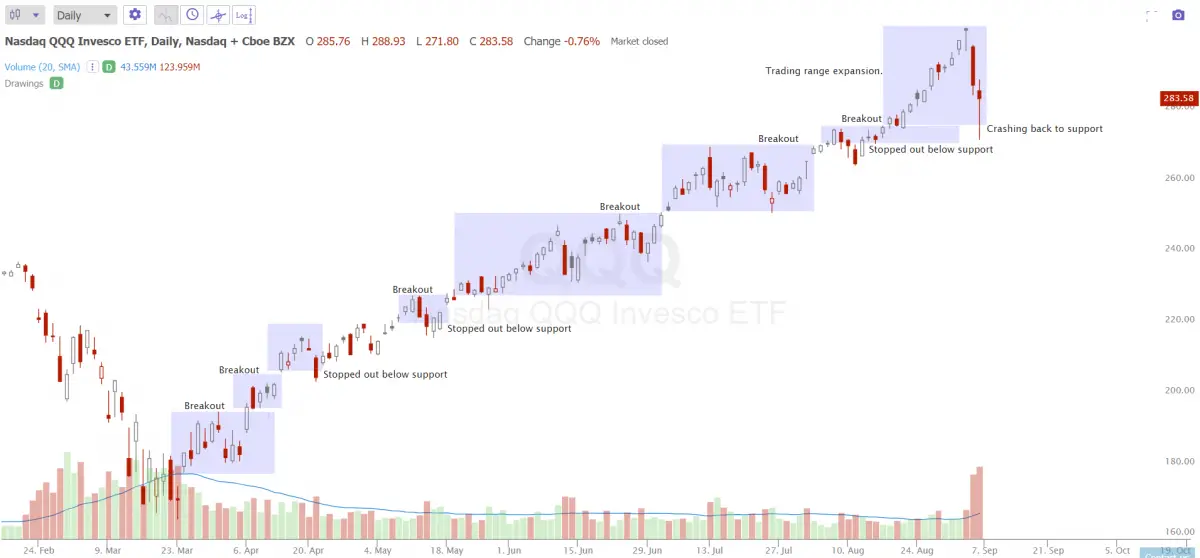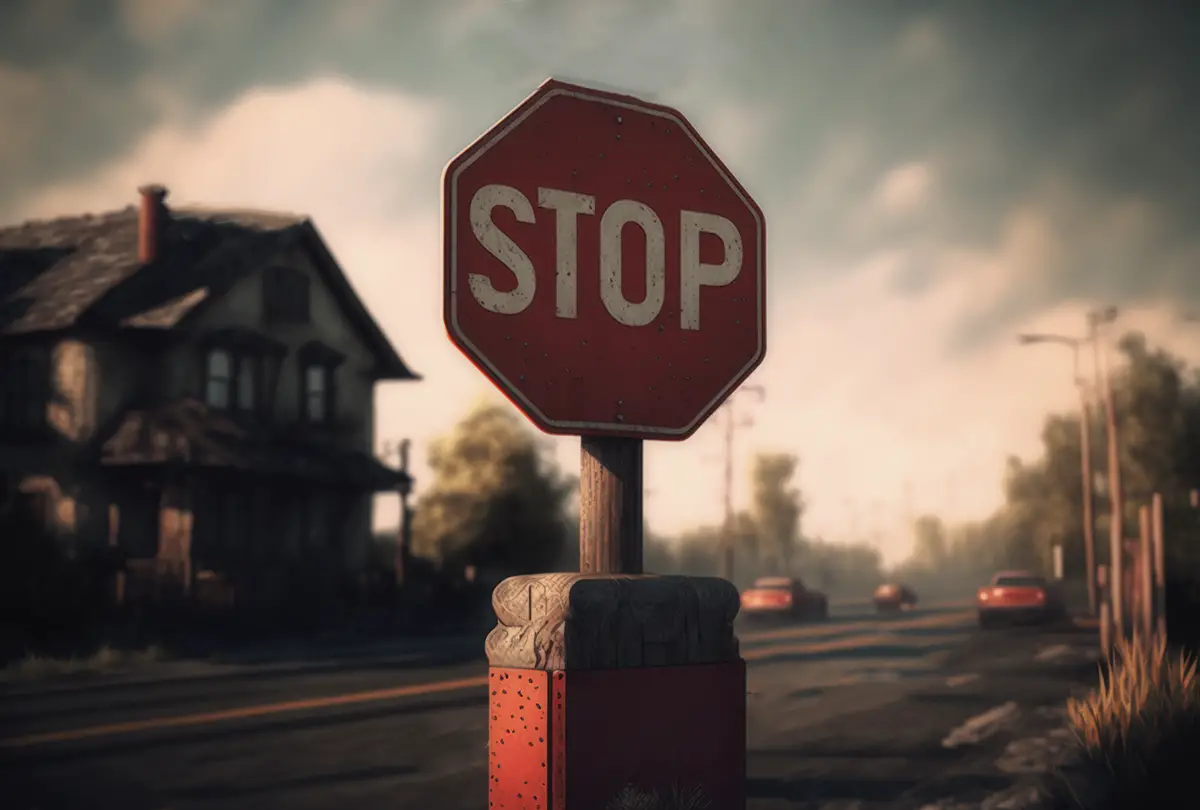A buy stop order is a manual instruction entered into your broker’s platform to enter into a long stock, option, or forex position when its price rises to a predetermined level. When the price target is reached the buy stop converts to a live market order or limit order looking to be filled at the next price that fits its parameters for execution in a trade. A buy stop order is set at a price level above the current price a market is trading at.
The buy stop order has traditionally been used in two different ways. By momentum traders, breakout traders, and trend followers used as with the intent to set a buy signal at a higher price that signals a break out of a trading range. It is a mechanical strategy to profit from even a fast move up in a market’s price by setting an order in advance. A buy stop order can also be used by a short seller as a stop loss as it is entered as an order to buy to cover a short position if prices rises higher than the predetermined price level to exit to limit losses.
Buy stops are used for trend trading as it buys high in the hopes of selling higher later as a trend emerges. A buy stop is one way to enter at a higher price signal mechanically without having to make the decision to buy it in real time. In a fast moving market, a volatile market, or an illiquid market a buy stop can lead to bad fill if price moves too fast once the order is converted to a market order, if a limit order is used it may not be filled if the price is not available due to gaps or speed of movement.
Buy stops were used by legendary trader Nicolas Darvas to buy breakouts from his price range boxes he tracked. Darvas set his buy stop signals, stop losses, and trailing stop orders with his broker and did not watch the market when it was open allowing trends and trades to play out mechanically.
A buy stop order strategy tries to quickly and mechanically buy a new high price and then let a trend and the momentum carry it higher to sell it later for a profit.
An example of a buy stop strategy would be when ETSY was trading in a range under the 20-day moving average to set a buy stop order on a close above the 20-day moving average at $106.90. On this chart after the low of $97.54 a buy order could have been set at $106.90 on close. This would have entered a long position on a break and close over the 20-day moving average on caught the next up swing in price. The exit could have been set for a trailing stop loss for when price closed under the previous day’s low.

